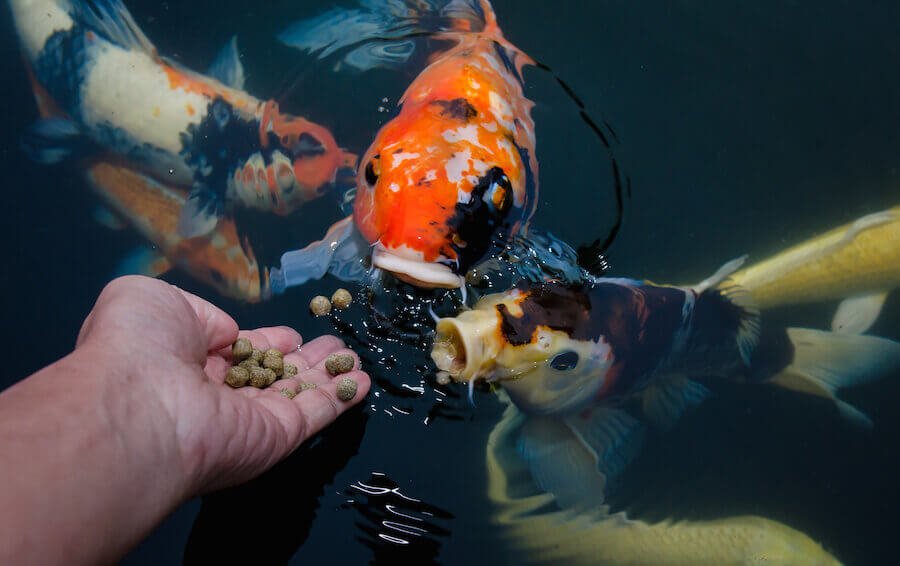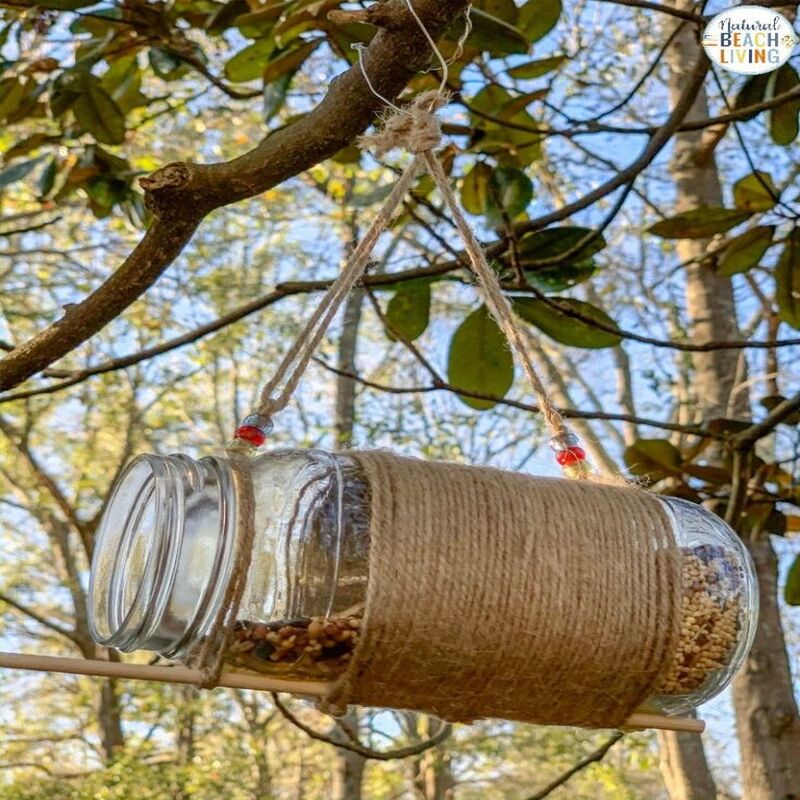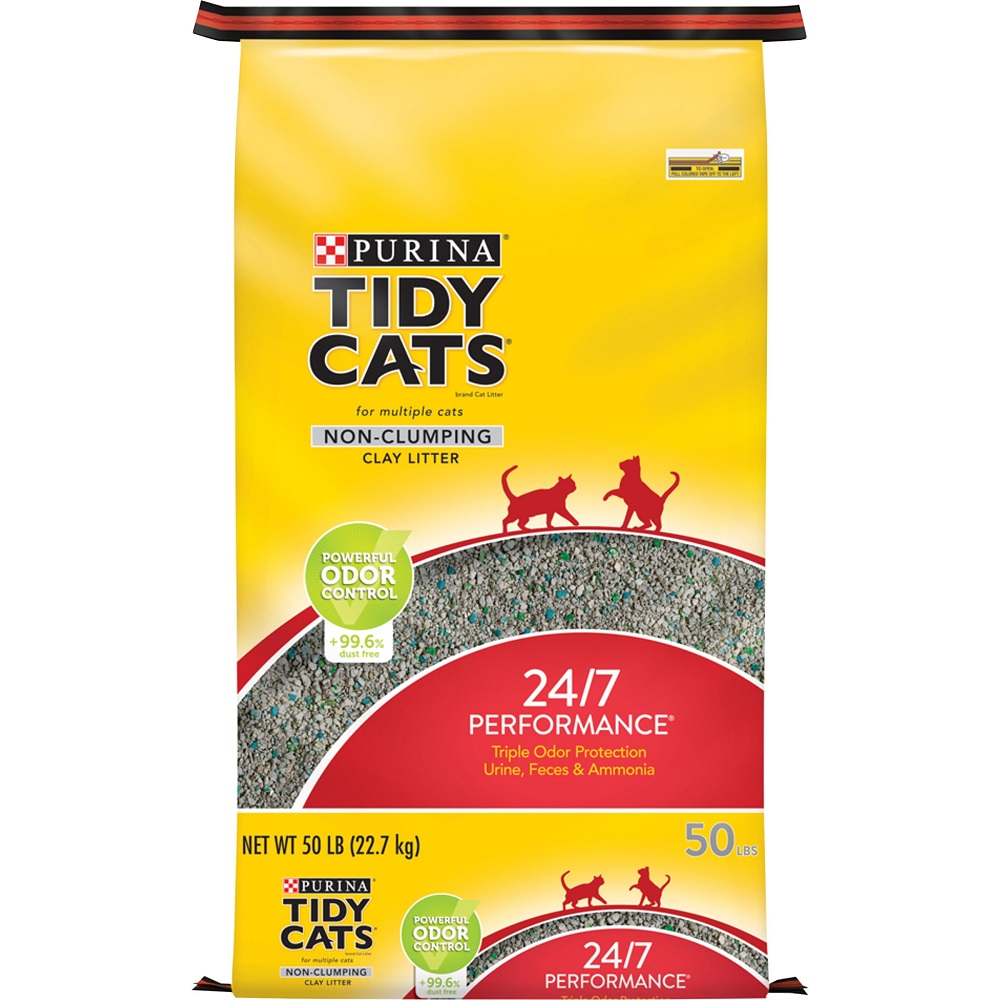




I. Introduction
A. The Aquaculture Industry: A Thriving Sector with Growing Demands
The aquaculture industry, encompassing the farming of aquatic organisms in controlled environments, has emerged as a vital sector in global food production. As the demand for protein rises due to population growth, aquaculture offers a sustainable solution for meeting this need. However, ensuring the health and optimal growth of farmed fish requires a multifaceted approach, with effective nutrition playing a crucial role.
B. The Role of Live Fish Food: Essential Nutrients for Optimal Fish Health
Live fish food, a diverse range of living aquatic organisms, plays a key role in aquaculture. It surpasses processed feeds in nutritional value, providing essential nutrients for fish growth and development. Live food promotes better fish health, lowers mortality rates, and enhances their immune systems, contributing significantly to successful and sustainable aquaculture practices.

II. Significance of Live Fish Food in Aquaculture
A. Promoting Natural Feeding Behavior and Growth
Live fish food encourages natural feeding behaviors in fish. They mimic the prey fish would encounter in the wild, stimulating instinctive hunting and foraging behaviors. This natural feeding pattern contributes to optimal growth and development. The movement and capture of live prey further stimulates physical activity, leading to stronger muscles and overall improved fish health.
B. Enhancing Nutrient Absorption and Digestion
Live fish food boasts a wealth of readily digestible proteins, fats, vitamins, and minerals. This provides a balanced and easily absorbed nutrient source for fish, promoting efficient growth. The natural enzymes present in live food further aid in digestion, ensuring optimal nutrient utilization and reducing the risk of digestive issues that can plague fish raised on processed feeds.
C. Strengthening Immune System and Disease Resistance
Live fish food is a rich source of essential nutrients like carotenoids and vitamin C, which play a vital role in boosting the immune system. This enhanced immune function allows fish to better fight off diseases and infections, reducing overall mortality rates and promoting a healthier aquaculture ecosystem. Additionally, the diverse microbial population associated with live food may contribute to a healthier gut microbiome, further supporting immune function.
D. Improving Reproductive Performance and Offspring Health
Feeding fish with live food during the crucial reproductive cycle can significantly enhance broodstock health and egg quality. This leads to increased fertilization rates and the production of healthier offspring. The nutritional benefits of live food extend beyond the broodstock, promoting the growth and survival rates of the offspring, ensuring a successful next generation in the aquaculture operation.
III. Varieties of Live Fish Food in Aquaculture
A. Zooplankton: Microscopic Organisms for Early Stages of Fish Development
Zooplankton, a diverse group of microscopic aquatic organisms like rotifers, copepods, and cladocerans, are the primary live food source for fish larvae and fry during their initial stages of development. Their small size and high nutritional value make them ideal for these early life stages, supporting rapid growth and crucial survival rates.
B. Artemia: A Versatile Live Food for Various Fish Species
Artemia, also known as brine shrimp, are a widely used and versatile live food source in aquaculture. Suitable for both freshwater and saltwater fish species, their nutritional profile and availability in various life stages, from nauplii (newly hatched larvae) to adult, make them a valuable food source for different fish sizes and growth stages. The ease of culturing artemia further adds to their widespread use in aquaculture facilities.
C. Insects and Insect Larvae: A Sustainable and Nutritious Food Source
Insects and insect larvae, such as fruit flies, black soldier flies, and their larvae, represent a sustainable and increasingly popular alternative to traditional live fish food. Their high protein content, along with essential amino acids, fatty acids, and vitamins, makes them a valuable addition to aquaculture diets. Additionally, insects can be efficiently produced on organic waste streams, contributing to a more sustainable aquaculture practice.
D. Polychaetes: Benthic Organisms with Nutritional Benefits
Polychaetes, a group of segmented worms including earthworms, bloodworms, and tubeworms, are benthic organisms that provide a unique nutritional profile for fish. Their high protein and fat content, along with essential amino acids and trace elements, contribute to improved fish growth and overall health. While not suitable for all fish species, polychaetes offer a valuable live food option for specific aquaculture needs.
IV. Challenges and Considerations in Using Live Fish Food
A. Production Challenges and Biosecurity Concerns
While live food offers significant benefits, its production can be challenging. Culturing some live food organisms requires specific expertise, infrastructure, and consistent maintenance. Additionally, live food can introduce pathogens or parasites into aquaculture systems if proper biosecurity measures are not implemented. Careful screening of live food sources and maintaining hygiene protocols are crucial to mitigate these risks.
B. Labor Costs and Limited Availability
The production of live food can be labor-intensive, impacting the overall cost of fish production. Furthermore, the availability of live food can be limited, particularly for certain species or in specific regions. Reliable and cost-effective production methods are essential to ensure a consistent supply for aquaculture operations.
C. Nutritional Deficiencies and Need for Enrichment
Certain types of live food may lack specific nutrients required for optimal fish growth and health. Enrichment techniques, such as adding essential fatty acids or vitamins to live food cultures, can address these deficiencies. Understanding the specific nutritional needs of different fish species is crucial to ensure a well-balanced diet that includes both live food and potentially formulated feeds.
V. Integration of Live Food with Formulated Feeds: A Balanced Approach
A. Combining Live Food with Formulated Diets for Optimal Nutrition
Modern aquaculture practices often integrate live food with formulated feeds to provide a complete and balanced diet for fish. Formulated feeds offer consistent nutrient profiles, convenience, and cost-effectiveness, while live food complements them by stimulating natural feeding behaviors, enhancing immune function, and promoting growth.
B. Optimizing Feeding Strategies Based on Fish Species and Stage
The ideal feeding strategy depends on the specific fish species and their developmental stage. Larvae and fry typically require live food due to their small size and specific dietary needs. As fish mature, formulated feeds can become a more significant part of their diet. Understanding these dietary requirements and tailoring feeding strategies accordingly is crucial for successful aquaculture.
VI. Conclusion
A. Live Fish Food: A Vital Component for Sustainable Aquaculture
Live fish food plays a significant role in sustainable aquaculture practices. Its nutritional value, contribution to natural feeding behaviors, and immune system benefits promote fish health, growth, and reproductive performance. The diverse range of live food options allows aquaculturists to choose the most suitable food source for their specific needs.
B. The Future of Live Fish Food in Aquaculture
Continued research on the nutritional composition and benefits of various live food organisms can further optimize their use in aquaculture. Developing efficient and cost-effective production methods for live food, while maintaining biosecurity protocols, will be crucial for supporting the growing aquaculture industry. By integrating live food with formulated feeds and adopting a balanced feeding approach, aquaculturists can ensure the health, well-being, and sustainable production of farmed fish.


